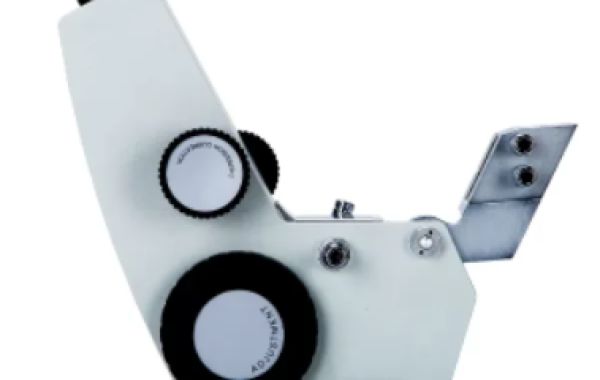Abbe Refractometer Measurement Experiments Conclusion
We determined the refractive index of sucrose solution, sodium chloride solution, and the mixture of the two solutions at different concentrations, and used the linear regression method to establish the regression equation between the refractive index of the solution and the concentration of the components, and used it to predict the concentration of the solution, and obtained a relatively satisfactory prediction accuracy. At the same time, the detection limit of the method can be roughly determined at the level of 0.010 g/mL. The error of this experiment mainly comes from (1) the clarity of the "half shade field of view"; (2) the reading error; (3) the influence of the residue of the previous measurement solution; and (4) the influence of the change of ambient temperature. The effect of ambient temperature change. It is worth noting that in the measurement of the refractive index of the single-component solution, there is still some deviation from the regression curve on the low-concentration side of the sucrose solution and on the high and low-concentration sides of the sodium chloride solution. Therefore, in order to further improve the prediction accuracy, in addition to controlling the experimental conditions (e.g., temperature) and reducing the experimental error, it is necessary to eliminate the anomalous data points that deviate greatly from the established model on the basis of statistical analysis and revert to the model.
This is an introduction to the study of the Abbe Refractometer to measure the concentration of solutions.








